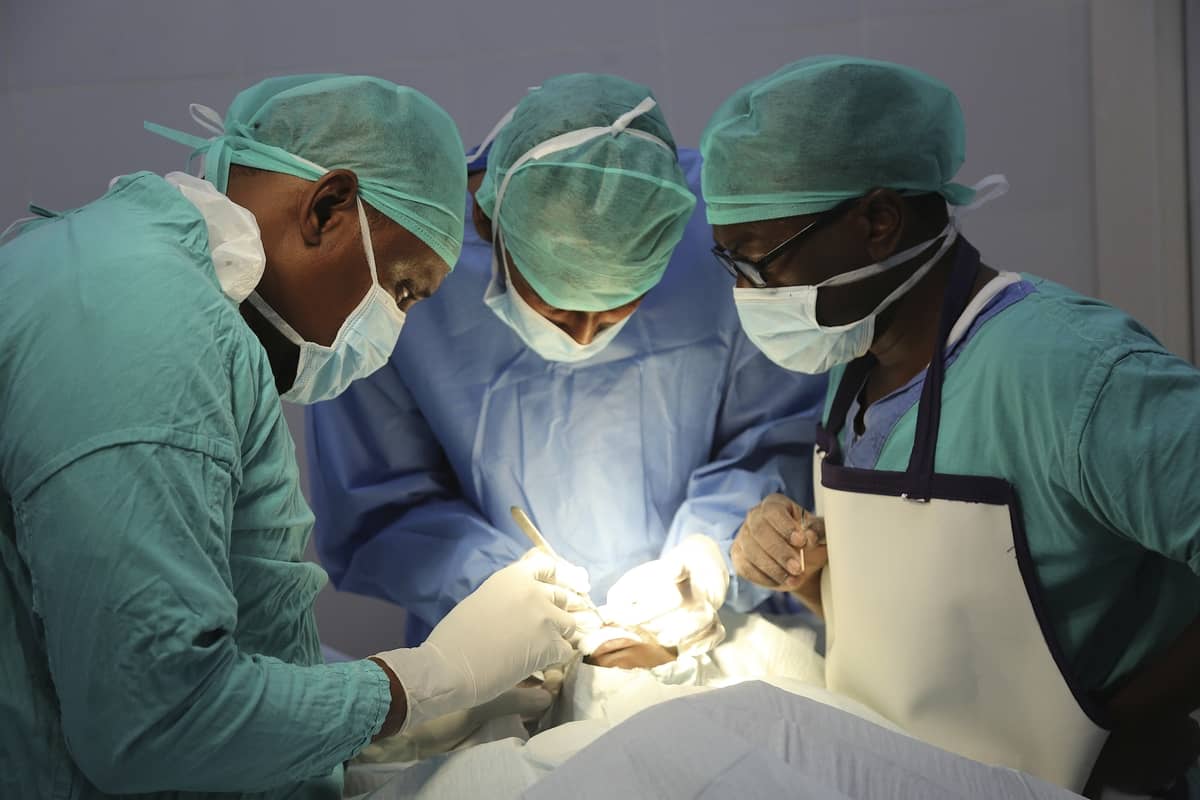
One of the most common reasons people pursue careers in the medical field is because they want to help or treat people. You can definitely achieve this life’s calling once you become an anesthesiologist. They help relieve pain by delivering anesthesia before, during, or after surgeries. They’re also in charge of pain management after.
If you’re detail-oriented, good at handling other people’s anxiety, and calm even in stressful situations, you can be suited to pursue a career in anesthesia. There are some other subspecialties for anesthesiology, and you can consider different pathways depending on your professional and academic goals.
To give you more insights, here are the different careers related to anesthesia:
1. Certified Registered Nurse Anesthetist
If you’re a nurse and want to diversify jobs in anesthesiology, you can become a certified registered nurse anesthetist. They work independently from anesthesiologists, and 30 states allow independent practice for this profession. During, after, and before surgical procedures, CRNAs provide therapeutic care. Pain management medicines may also be administered when necessary.
CRNAs are in charge of preparing patients for anesthesia, including preoperative teaching and physical assessment. They administer anesthesia to the patient while ensuring that the patient is given an appropriate dosage during the operation. Likewise, they are also responsible for helping patients recover from post-surgery.
While registered nurses need a bachelor’s degree, CRNAs must complete an extensive master’s degree program. As an additional program, these are now offered by many universities and nursing schools. Therefore, you can proceed to study courses in anesthesia to broaden your career pathway. Other nurses can also expand their fields of study by going into nursing research or even proceeding to become a physician.
2. Anesthesiologist

A physician specializing in anesthesia is called an anesthesiologist. Performing anesthesia, leading the Anesthesia Care Team, and ensuring optimal patient safety are all duties of anesthesiologists before, during, and after surgery. They are usually involved in critical care medicine and ensure that patients receive no pain during surgery.
In most cases, anesthesiologists hold a bachelor’s degree from a four-year university, including pre-med requirements. And they would proceed to med school just like any other physician. Finally, they can specialize in anesthesiology in higher education after med school. In this program, they will complete a four-year residency in anesthesiology. Afterward, they will be qualified to sit for the anesthesiology exam, depending on their country of residence. Today, in many facilities, the majority of anesthesiologists are board certified.
As an anesthesiologist, you will ensure that the patient has been put into a controlled state of unconsciousness, provide pain relief, and monitor their vital functions. In addition to operating rooms, anesthesiologists also play an important role in other areas. Preoperatively, anesthesiologists assess the patient’s health, medications, type of surgery, etc., to determine the most appropriate anesthesia plan for them.
Anesthesiologists are also responsible for the patient’s well-being while they recover from anesthesia. In intensive care units, anesthesiologists also assist patients with critically ill or injured conditions. Needless to say, there will always be a need for anesthesiologists as long as surgery and pain relief are in demand.
3. Anesthesia Technician
Anesthesia technicians and anesthesiologists coordinate patients’ sedation before and during surgery. Technical inspections are performed on machinery that manages medication flow and ensures it is operating correctly. And this is the primary role of an anesthesia technician.
Additionally, anesthesia technicians may consult with anesthesiologists when they have questions about surgical equipment or are unsure which machine to use. Carts and machines for anesthesia are checked and supplied by the Anesthesia Technician. Also, they examine and replace anesthesia gas tanks, disassemble used anesthesia apparatus, disinfect machines, and clean supply carts.
Replacement of used products and preparation of transducers for invasive hemodynamic monitoring are among their responsibilities. Some anesthesia technicians provide technical assistance to hospitals and companies that produce machines, but most work in hospitals.
4. Anesthesiologist Assistant
Anesthesiologists can’t perform all their job requirements by themselves. In many instances, they need another individual who can assist them, and this is when the anesthesiologist assistant becomes handy. A physician assistant who works under the supervision of a licensed anesthesiologist implements anesthesia care plans. Anesthesiologist assistants should work exclusively with the anesthesiology department they’re committed to being a member of. Anesthesiologist technicians cannot practice outside of the field of anesthesia or without supervision.
AAs’ specific duties and job descriptions may vary depending on the nature of their job and the country where they work. However, one general rule for their job is to follow and shadow certified anesthesiologists constantly.
5. Pediatric Anesthesiologist
In an unfortunate situation where your child must need to go through a major operation or surgery, it’s crucial to entrust the anesthesia administration to a pediatric anesthesiologist. They are anesthesiologists who specialize in anesthesia for infants and children. And they can assist in the treatment and help ensure that your child undergoes that treatment safely if your child has an illness, injury, or disease that requires surgery or a procedure.
Children are usually treated in the operating room alongside a pediatric anesthesiologist. Children requiring surgery or various procedures often suffer from complex medical problems. Therefore, it’s common practice for pediatric doctors and pediatric anesthesiologists to work together during operations.
Children are best evaluated by pediatric anesthesiologists and prepared for safe anesthetics. Since they undergo training and additional education, they are well-versed in ensuring the proper dosage of anesthesia for kids based on their age levels and conditions.
6. Cardiac Anesthesiologist
As you undergo heart surgery or a diagnostic procedure, cardiac anesthesia keeps you safe and pain-free as you sleep. During and after heart surgery, cardiac anesthesiologists work to optimize your heart function using the same anesthetic medications as other types of surgery.
A cardiac anesthesia provider can provide safe and effective anesthesia when needed most during a major cardiac procedure. As you undergo cardiac procedures, they are the ones who monitor your heart function and provide you with medications that will help you maintain your blood pressure.
The deterioration of the heart caused by heart disease makes cardiac surgeries and procedures more complex. Since the heart is a crucial organ to work with during operations, cardiac anesthesiologists carry heavy pressures and burdens to ensure that nothing goes wrong during operations.
Conclusion
The anesthesiology department is buzzing with numerous job opportunities for those interested in joining. Some of the careers listed above are just some of them. When considering which one to pursue, it’s key to match your professional goals along with the requirements necessary for every anesthesiology job.
